KEY POINTS
Diverse with outgoing councillors spread across eight parties.
The only council currently without an overall unionist or nationalist majority.
17 of the outgoing councillors – just shy of a third – do not designate as unionist or nationalist.
ABOUT THE COUNCIL AREA
Back in 2014, the reform of local government saw Belfast City Council expand to include a fifth of the old Lisburn City Council and two fifths of Castlereagh District Council. Despite jumping from 51 to 60 seats, the council still has the highest population per councillor (5,750), almost double the lowest (Fermanagh and Omagh).
Demographically, Belfast is a young city with the highest proportion of 16-39s and lowest proportion of over 40-64s and over 65s across the 11 council areas.
PREVIOUS ELECTIONS
Sinn Féin won a plurality of first preferences in 2014 and 2019.
The Greens achieved their best ever result in the city in 2019 with 6% of first preference votes bringing home four councillors. People Before Profit tripled their vote and their representation on council (5.2% share, three elected).
SDLP fell below 10% of the vote for the first time in 2019.
The UUP dropped down from seven to just two councillors in 2019, elected with a vote share only marginally above the Greens.
SINCE 2019
Carole Howard (formerly Alliance) and John Kyle (formerly PUP, then independent) both joined the Ulster Unionists.
Kate Nicholl, Nuala McCallister and Peter McReynolds were elected as MLAs with new councillors co-opted into their seats. Sian Mulholland moved to Lisburn and Castlereagh City Council before becoming a North Antrim MLA.
John Finucane was elected MP for North Belfast in December 2019.
Danny Baker was elected to the Assembly in May 2022.
Since the end of March, Paul McCusker (originally SDLP) now sits as an independent.
COMMENTARY
Belfast City Council has been home to some of the biggest personalities in Northern Ireland politics. Naomi Long, John Finucane, Gavin Robinson, Claire Hanna and Reg Empey have all served their time on council in the past. It’s one of the most politically diverse local authorities in Northern Ireland, with representatives drawn from eight parties. Neither unionist nor nationalist blocs command a majority in the council chamber, the only council in Northern Ireland where this is the case.
Sinn Féin are currently the largest party on the council with 18 councillors, with the DUP as the second largest on 15 councillors and the Alliance Party are third with nine councillors. The SDLP are fourth largest with five councillors, while the UUP & the Greens are tied on four each with People Before Profit on three. The Progressive Unionist Party now has just one seat. There is one independent.
Belfast has a lot of competitive seats up for grabs across the city. For Sinn Féin, they will be hopeful for success in DEAs such as Castle, Titanic and Collin. The DUP will be aiming to secure a second Unionist seat in Oldpark. Alliance will be aiming to gain in Balmoral, Lisnasharragh and Oldpark.
The other parties will mostly be aiming to defend their ground. The SDLP will hope to hold Lisnasharragh and Castle where they are sitting on the last seats. Collin will also be a tough battle for them with serving councillor Brian Heading standing down. Meanwhile, the SDLP will be targeting a potential gain in Black Mountain which they narrowly lost in 2019. People Before Profit will want to cement gains made in 2019 in Collin and Oldpark (where Fiona Ferguson was back in ninth place in terms of first preferences with just 0.7 of a quota). Similarly, the Greens will be hopeful of holding gains in places like Castle, where party leader Mal O’Hara is seeking a second term. For the UUP, they will be aiming to see recent defector from Alliance, Carole Howard, elected in Ormiston alongside Jim Rogers.

